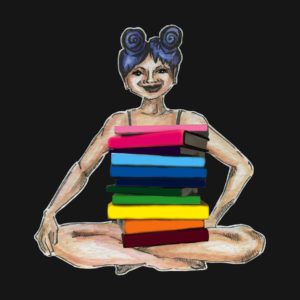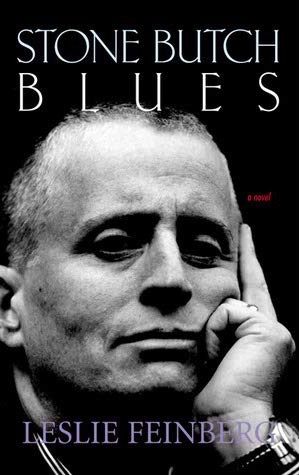
The Queer Syllabus is a joint project from The Rumpus and Foglifter Press that allows writers to nominate works for a new canon of queer literature. When we identify our roots, when we point to the work that shaped us as writers and as people, we demonstrate that our stories are timeless, essential, and important—and so are we. New entries will run on Thursday, September through December, and then will be collected as a living document on the Foglifter website. The Queer Syllabus is edited by Wesley O. Cohen and Marisa Siegel.
***
As a long-term transwoman from the dark reaches of the distant past of the 1970s—and also a long-term literary person—I did not have much experience of seeing people like myself depicted in books and popular culture. Any mention of transwomen made us out to be outrageous and addicted, victims and clowns and very often murdered. If we weren’t getting murdered, we were doing the murdering, which was at least a change in power dynamics. Trans folk as written by cis folk were always somehow tragic and met an early end and if they didn’t yet, they were going to soon. The line between drag queen and transwoman was usually blurred and misunderstood. The motivations of these characters were usually to trick straight men into having sex or to entertain in a travesty of Hollywood glamor.
This is illustrated by Hubert Selby’s writing of his character Georgette, a “hip queer” in Last Exit to Brooklyn, published in 1964.
…and with the wearing of womens panties, lipstick, eye makeup (this including occasionally gold and silver—stardust—on the lids), long marcelled hair, manicured and polished fingernails, the wearing of women’s clothes complete with padded bra, high heels and wig….and the occasional wearing of a menstrual napkin…
Her life didn’t revolve, but spun centrifugally, around stimulants, opiates, johns (who paid her to dance for them in womens panties then ripped them off her; bisexuals who told their wives they were going out with the boys and spent the night with Georgette (she trying to imagine they were Vinnie) ), the freakish precipitate coming to the top.
This book was actually quite good, in an experimental way, utilizing long, warp-speed passages of stream of consciousness fueled by amphetamines, along the lines of Jack Kerouac’s On the Road. Although in some ways accurate, this description was sad, extremely violent and pathetic. You knew Georgette was coming to a sticky end. Even still, I recognized her as my sister.
So, it wasn’t until the publication of Stone Butch Blues that I ever read a transwoman character who was fully rounded and believably human. Stone Butch Blues is an interesting book which certainly changed my life. Leslie Feinberg broke new ground with this novelized semi-autobiography, published in 1993. The protagonist, Jessie, tells a tale of lesbian life in the 1960s, where the lines between butch and femme were entirely clear. Some butches took testosterone to pass as men and Jessie was one of them, eventually deciding not to follow through with full transition.
The protagonist falls in love with Ruth, who is introduced like this:
I saw my next-door neighbor a month later. As I unlocked my apartment, she opened hers. I said hello before I even looked up. She didn’t answer.
Her face startled me. It was badly bruised on one side like a rainbow—yellow, red, blue. Her hair was outrageously crimson. I could tell that womanhood had not come easily to her. It wasn’t just her large Adam’s apple or her broad, big-boned hands. It was the way she dropped her eyes and rushed away when I spoke to her.
Hallelujah, there she was, my literary sister! As soon as I started reading her, I knew she was going to be delicately described with nuance and sensitivity. Although her defining characteristic was her bruised face, she was fully rounded. I loved reading, with tears in my eyes, how Jessie pursued Ruth sensitively and took her time to win over the bruised and hardened transwoman, my shop-soiled literary sister. Thankfully, more and better transwomen have been written since, but Ruth was the first. Thank you, Leslie Feinberg (RIP), for writing this character.
***
Rumpus original logo art by Luna Adler.
***
Foglifter is a queer journal and press showcasing powerful, intersectional writing that fosters queer writers and galvanizes the queer community through literary events and programming.





